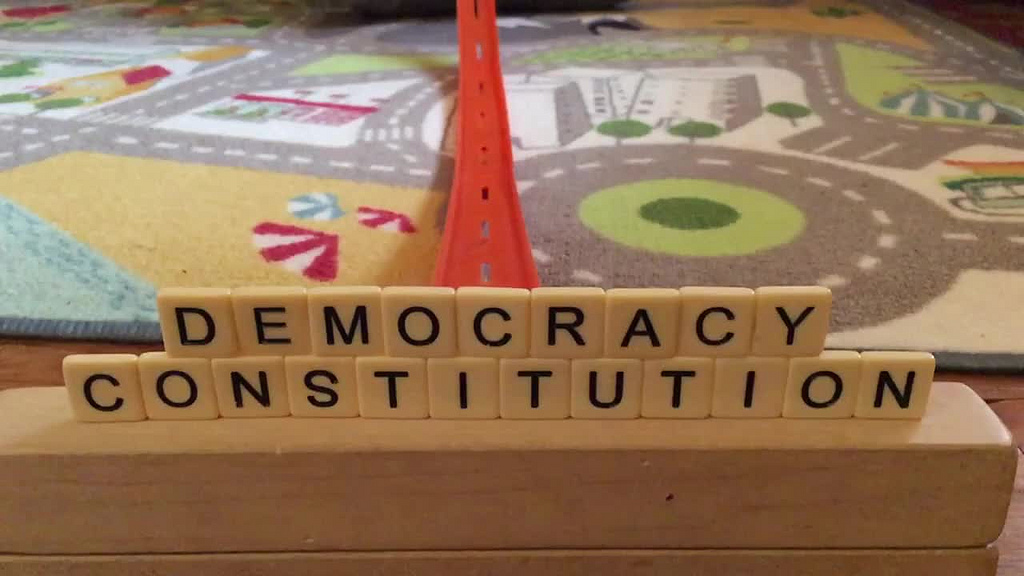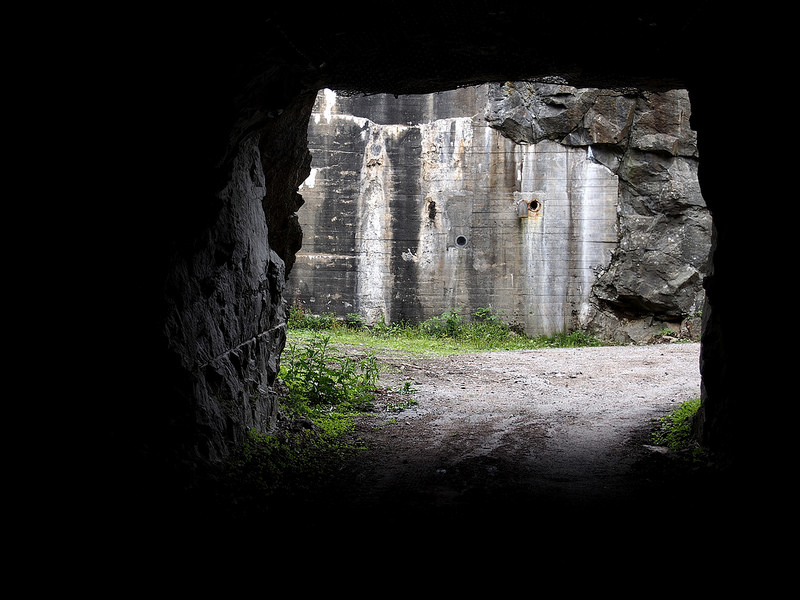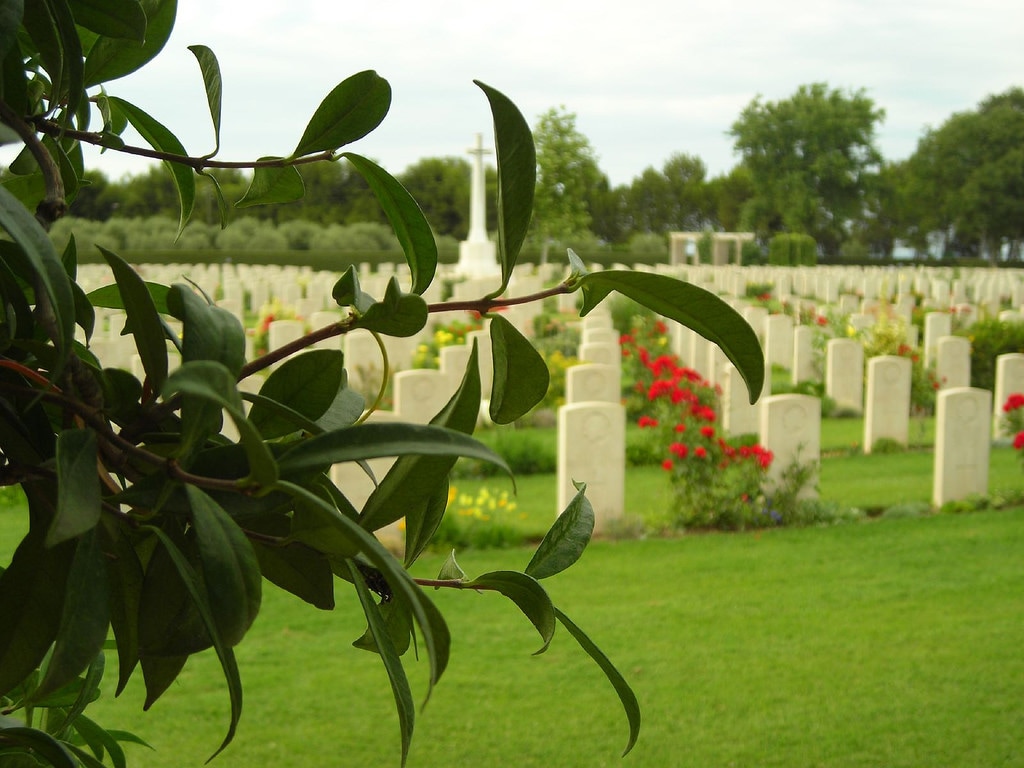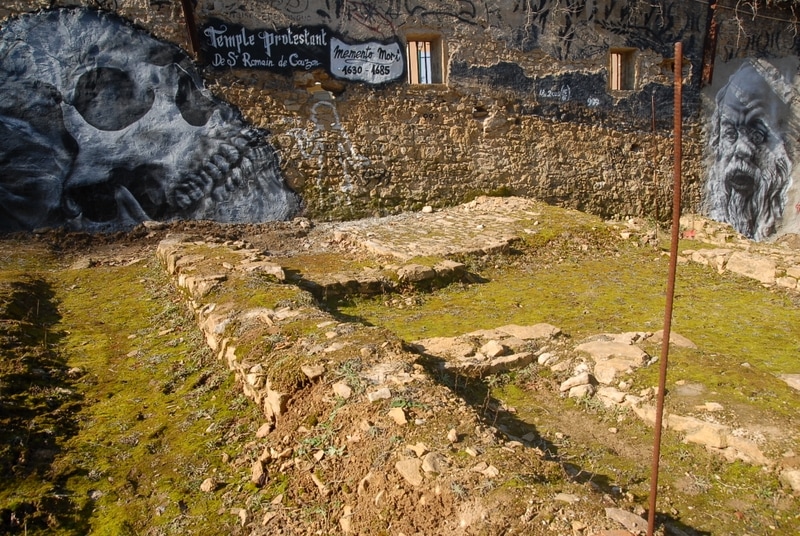Constitutions and Constitution MakingATIKA SCHOOL HISTORY AND GOVERNMENT NOTES
The term ‘constitution’ refers to a set of agreed principles and rules which state the structure and powers of a government
The constitution of Kenya is a supreme law that binds all people and all state organs at national and county level. It outlines the structure of government, defines the powers and prerogatives of the head of state, states the compositions, functions and powers of parliament, states the compositions of the executives and outlines the duties and rights of the citizens. Constitutions vary in various countries depending on different experiences and their form is determined by the following.
Functions of a constitution
Types of constitutions.
|
Importance of Britain’s supremacy at sea
- The British naval forces assisted in blocking the central powers particularly the Germans from accessing food and raw materials from other parts of the world. This derailed their war plans.
- Her naval supremacy enabled the allies to capture colonies of the central powers.
- The sea blockade enabled the allies to maintain uninterrupted communication with other allied forces, as well as safeguard the British food and raw material supplies from other parts of the world.
The final phase of World War 1
End of World War I.
- Russia’s withdrawal from the war after the Great Russian revolution.
- The declaration of war by the United States of America against the central powers.
The First Russian Revolution
The Second Russian Revolution
The Germans and Russians stopped fighting. This gave Germany lots of land in Eastern Europe and the Baltic Sea
USA entry into the war.
Germany also wrote a secret telegram note to Mexico suggesting that the two countries work together to attack the United States (the Zimmerman Telegram- because the person who sent it was named Arthur Zimmerman-the German foreign minister).
Other reasons why USA entered the war on the side of the Allies were;
- America was concerned with safeguarding her trade with Britain. (US– Anglo relationship was strong). USA was fully aware that the a defeat of Allied powers would cost her financial and industrial institutions
- The USA and British intelligence were able to link some Germany sympathizers with the industrial sabotage in factories and trade unions in the USA.
- Cruelty of the Germans led to the growth of anti-Germany feelings in the United States. Many of the Allies sympathizers had relatives in either France or Britain.
The socialist politicians declared Germany a republic and met with the Supreme Commander of the allied forces on 7th November 1918, Ferdinand Foch, to negotiate for end of the war with very stiff terms to the Germans.
The stiff terms given to the Germans included;
- Germany to withdraw from all occupied territories, including overseas colonies.
- All German forces west of the Rhine to be withdrawn.
- All German warships to surrender to the Allies.
- Occupation of some parts of Germany by the Allies.
- All Allied prisoners of war to be released.
War in the seas
Reasons why the allies won World War I.
- Allied powers had many supporters drawn from 25 states some of which were Britain, France, Belgium, Russia, Italy, USA, Japan and Portugal. They had more manpower than the central powers.
- Germany failure to effectively control her expensive colonies and others turned against her.
- USA entry into war on the side of the allies accelerated the defeat of the central powers. The industrial might of USA and her economic wealth helped the Allies to force the central powers to their knees.
- The Allies had able and focused political leaders like Lloyd George-the British Premier and Georges Clemenceau, the French Premier.
- Germans/axis powers made serious technical mistakes like invasion of the neutral Belgium by Germany which turned the world opinion against the central powers.
- Superior naval power of the Allies. The superiority of the British Royal Navy enabled the Allies to enforce a naval Blockade that caused severe food shortages among the central powers.
- Germany fought the war on many fronts.
- Germany was badly led down by her colleagues like Italy who decamped and Bulgaria and Austria-Hungary who had to be assisted all the time. Turkey on her part easily accepted defeat.
- The Allies had financial and industrial resources in Europe and in their colonies which were used to great advantage during the war.
- The Allies had powerful weapons e.g. they used Tankers, Aircraft and Battleships.
- The allies were united under the Command of General Foch which disadvantaged the central powers. German also used young and inexperienced soldiers after 1918 due to heavy causalities.
- The central powers were surrounded by the Allies as they lay in the centre of Europe. They also lacked an extensive coastline and thus were easily blockaded.
Archives
April 2024
November 2023
August 2023
December 2022
May 2022
January 2022
December 2021
November 2021
October 2021
August 2021
June 2021
May 2021
April 2021
December 2020
November 2020
October 2020
August 2020
July 2020
June 2020
April 2020
December 2019
May 2019
May 2017
Categories
All
AFRICAN UNION
Agrarian Revolution
Britain
Chapter-10-development-of-transport-and-communication
Chapter 13 Social
Chapter-14-constitutions-and-constitution-making
CHAPTER 17: ESTABLISHMENT OF COLONIAL RULE IN KENYA.
CHAPTER 18: COLONIAL ADMINISTRATION
CHAPTER 20: Political Developments And Struggle For Independence In Kenya (1919-1963)
CHAPTER 21: Rise Of African Nationalism
CHAPTER 22: EMERGENCE AND GROWTH OF NATIONALISM IN AFRICA
Chapter 28: Social
Christian Missionaries In East Africa
Citizenship
Colonial Period In Kenya
Constitutions-and-constitution-making
Contacts Between East Africa And The Outside World Up To The 19th Century
Co-Operation In Africa
Course Of The Cold War
Democracy And Human Rights
Development Of Industry
Dev. Of Early Agriculture
EARLY MAN
Economic And Political Developments And Challenges In Africa Since Independence
ECONOMIC AND POLITICAL DEVELOPMENTS AND CHALLENGES IN KENYA SINCE INDEPENDENCE
Economic-and-political-organization-of-african-societies-in-the-19th-century
Electoral Processes
European Invasion And The Process Of Colonization Of Africa
European Invasion Of Africa
FORM 1 LEVEL
FORM 2
Form 3 Level
FORM 4
Formation-of-government
Functions Of Governments
HISTORY FORM 1 TOPICS
India
International Relations
INTRODUCTION TO HISTORY AND GOVERNMENT
LEGISLATURE.
LIVES AND CONTRIBUTIONS OF KENYAN LEADERS
Local Authorities In Kenya
MULTI-PARTY DEMOCRACY IN KENYA SINCE 1991
NATIONAL INTEGRATION
National Philosophies (Kenya)
ORGANIZATION OF AFRICAN UNITY (OAU)
Pre Colonial East Africa
Pre-Colonial East Africa
PUBLIC REVENUE AND EXPENDITURE IN KENYA
SOCIAL
Structure And Functions Of The Government Of Kenya
THE COMMON MARKETS FOR EASTERN AND SOUTHERN AFRICA
THE EAST AFRICAN COMMUNITY
The Electoral Process
THE EXECUTIVE
THE JUDICIARY.
THE NON-ALIGNED MOVEMENT
THE PAN-AFRICAN CONGRESSES (1900-1945)
THE PEOPLES OF KENYA UP TO THE 19TH CENTURY
THE SECOND WORLD WAR
Trade
TRANSPORT
United States
Urbanization
WORLD WARS





 RSS Feed
RSS Feed